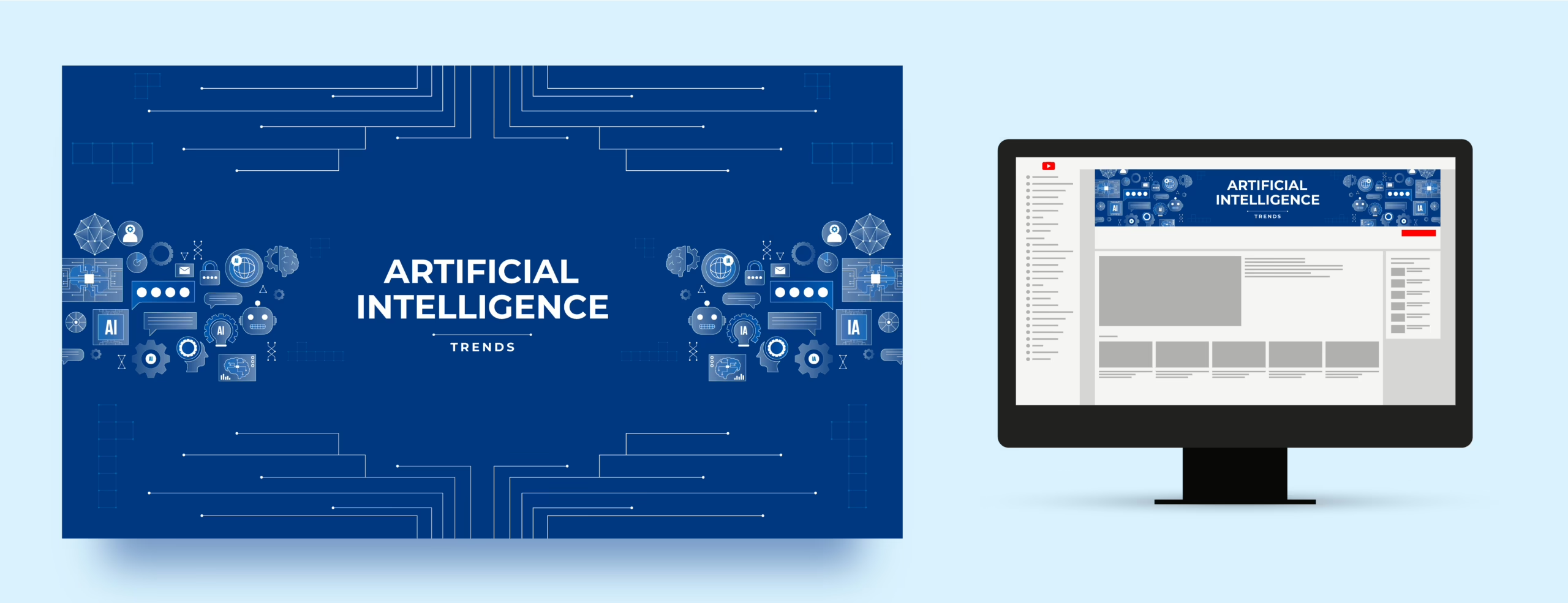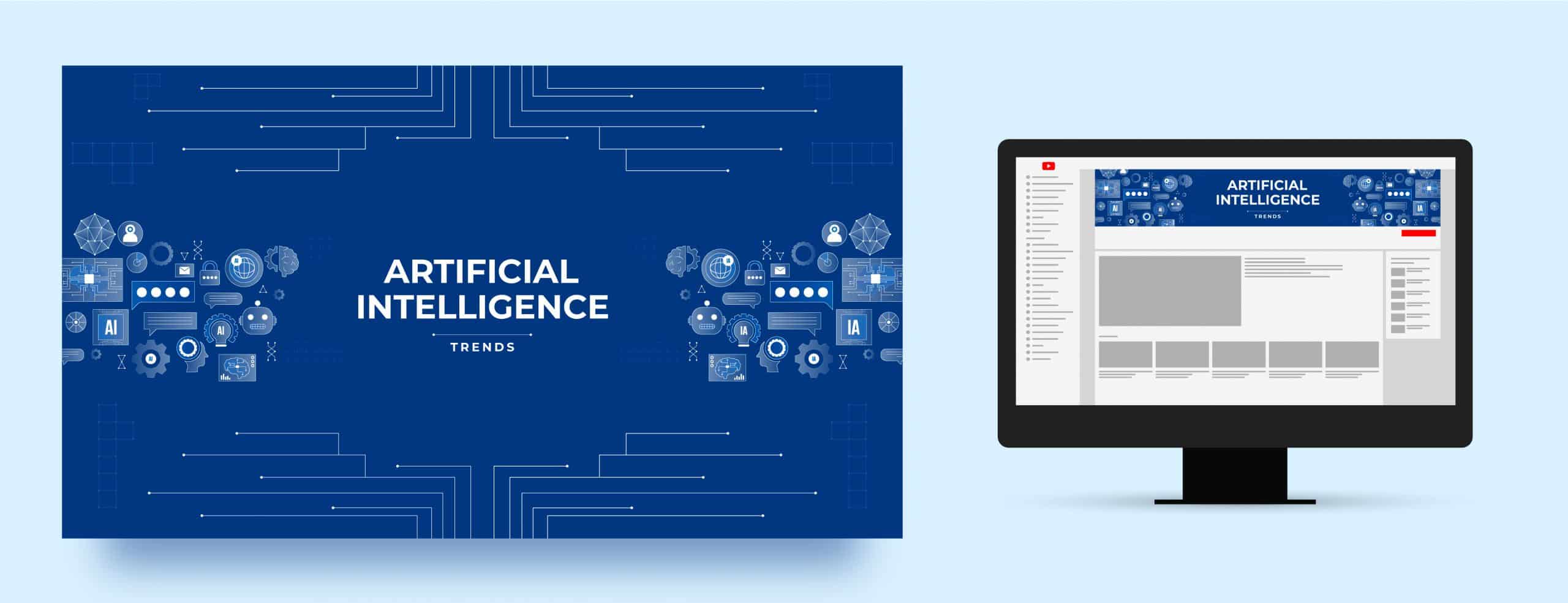Artificial Intelligence (AI) integration into existing systems isn’t just about dropping in a model — it’s about preparing the environment to efficiently support intelligent automation. The first and most critical step is standardizing the existing pipeline. Without a clear, modular, and predictable pipeline, Artificial Intelligence integration becomes error-prone, inconsistent, and difficult to maintain.
This guide outlines the process of standardizing your existing pipeline to prepare it for AI enhancements. Whether you’re working with data pipelines, workflow engines, ETL processes, or production systems, this documentation provides a solid foundation for success.
What Is Pipeline Standardization?
Pipeline standardization is the process of organizing, documenting, and unifying the components and flow of your existing system. This ensures that each step has:
- Defined input and output formats
- Clear boundaries and responsibilities
- Interoperable interfaces
- Consistent error handling
- Logging and traceability
Standardization brings clarity and reduces integration friction when introducing machine learning, natural language processing, or automation tools.
Why Standardize Before Artificial Intelligence Integration?
Here are the core reasons:
- Stability: Artificial Intelligence relies on predictable data and flow. Standardized systems reduce failure points.
- Modularity: Easier to isolate, replace, or upgrade components like AI models.
- Observability: Helps monitor how AI is affecting the pipeline.
- Interoperability: Smooth interaction between AI components and legacy systems.
- Risk Reduction: Ensures fallback mechanisms if AI fails or behaves unpredictably.
Steps to Standardize Your Pipeline
1. Document the Current Pipeline Architecture
- Use flowcharts or diagrams (e.g., BPMN, sequence diagrams).
- Identify each processing stage, its inputs, outputs, and dependencies.
- Highlight synchronous vs. asynchronous modules.
2. Define Clear Module Boundaries
- Ensure each module performs a single responsibility.
- Avoid logic bleeding into unrelated components.
- Set up APIs or contracts between modules.
3. Establish Standard Input/Output Formats
- Choose consistent data structures (JSON, XML, CSV, Protobuf).
- Define schema for each stage (field types, required fields, formats).
- Ensure encoding/decoding is lossless and platform-compatible.
4. Normalize Data Flow
- Unify data units (e.g., time zones, currency, formats).
- Remove duplicates and ambiguous transformations.
- Introduce transformation layers if necessary.
5. Implement Error Handling & Logging
- Add meaningful error messages and status codes.
- Log inputs, outputs, and timestamps at each stage.
- Use correlation IDs to trace full execution paths.
6. Decouple Business Logic from Execution
- Avoid hardcoding business rules inside pipeline steps.
- Use external configuration or rule engines.
- Makes AI substitution or augmentation seamless.
Tools That Help Standardize Pipelines
| Tool/Category | Use Case |
| BPMN Modelers | Visual documentation (e.g., Camunda) |
| Swagger/OpenAPI | API standardization and contracts |
| Message Queues | Decoupling modules (Kafka, RabbitMQ) |
| ETL Tools | Data normalization (Airbyte, Talend) |
| Schema Validators | JSON/XML schema checks (Ajv, Cerberus) |
Best Practices
- Adopt interface-first design: define inputs/outputs before implementation.
- Always document with versioning and changelogs.
- Use mock data to test isolated components.
- Create fallback flows in case a module (especially AI) fails.
- Make the system observable: metrics, logs, traces, and alerts.
Summary
Standardizing your pipeline is not just a preparatory step—it’s a strategic move that increases reliability, maintainability, and long-term success of any Artificial Intelligence initiative. Think of it as laying down smooth tracks before running a bullet train: the AI won’t perform well if the base it runs on is chaotic or unstable.








